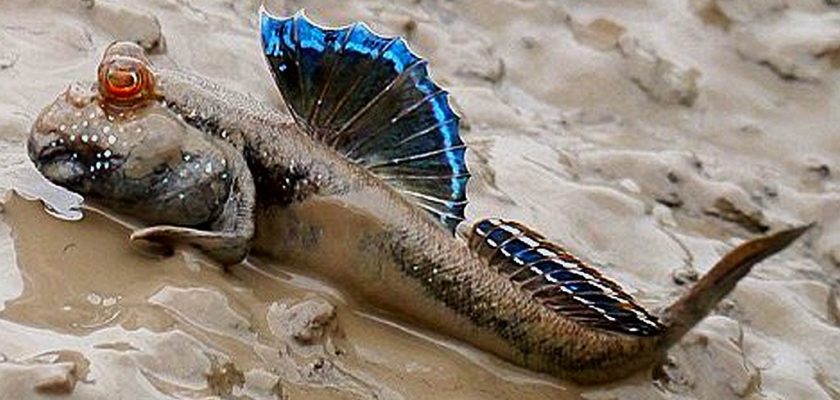Animals live on land, fish live under water and men rule over it all, because we are clever and adaptable. Right? Not so fast. What if there were certain kinds of fish – many kinds of fish – that could live outside of the water, moving over land and navigating happily without panicking and fighting to breathe? Buckle up, because here, in reverse order, are the top 7 fish who can – and do! – thrive out of the water:
Woolly Sculpin
Named for the wide fan shaped fins that adorn their bodies, Woolly Sculpin can be an unexpected pain should you stand on one unawares. This is because the frilled fin mentioned above is pinned through with extremely spikey spines. These spines are not poisonous, but should you stand on one you should take great care to clean and disinfect the wound so as to avoid picking up and infection. Should their rock pool become compromised or begin to shrink, they will move on land to find another, and they can spend as long as twenty-four hours out of the water.

Mudskippers
Almost everyone will recognise a mudskipper when they see one: they are the creature most commonly depicted when evolution is discussed, especially the part where ‘some fish left the water, learned to breath and grew limbs’. Of course, evolution is not quite that neat and tidy and we are not actually descended from mudskippers – but as an analogy it works fine. These small but feisty creatures can bury themselves in wet mud, and manoeuvre themselves along using their fins and tails to ‘skip’ along the damp sand or muddy surface – hence their name! they have bulging eyes which they can use to watch above and below the surface of the water at the same time, a very useful trick indeed! They can also climb rocks and trees and jump as high as two feet off the ground should they need to.
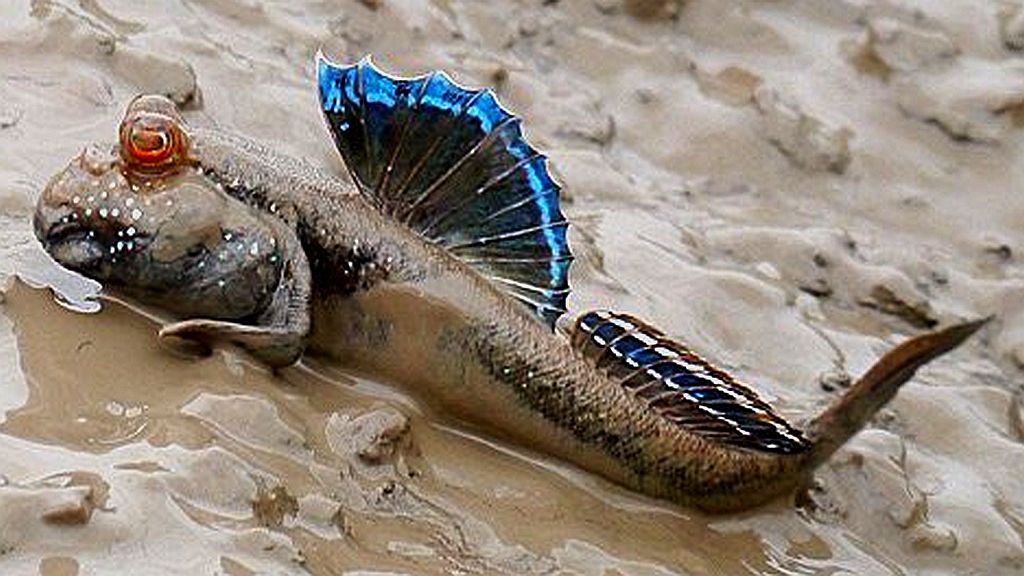
Lungfish
These funky fish are pretty hardy, able to bury themselves in the mud, when they sense a drought coming along, and survive in a state of dormancy for up to two years or more, when a convenient rain shower softens the mud and lets them know it is safe to come out again. These unique fish have limb-like fins which they use to creep along the ground, and they can survive up to the age of eighty or so. The Australian lungfish can grow up to 1.5 metres long, and they can stay out of the water for up to several days in order to move between pools of water and survive drought.
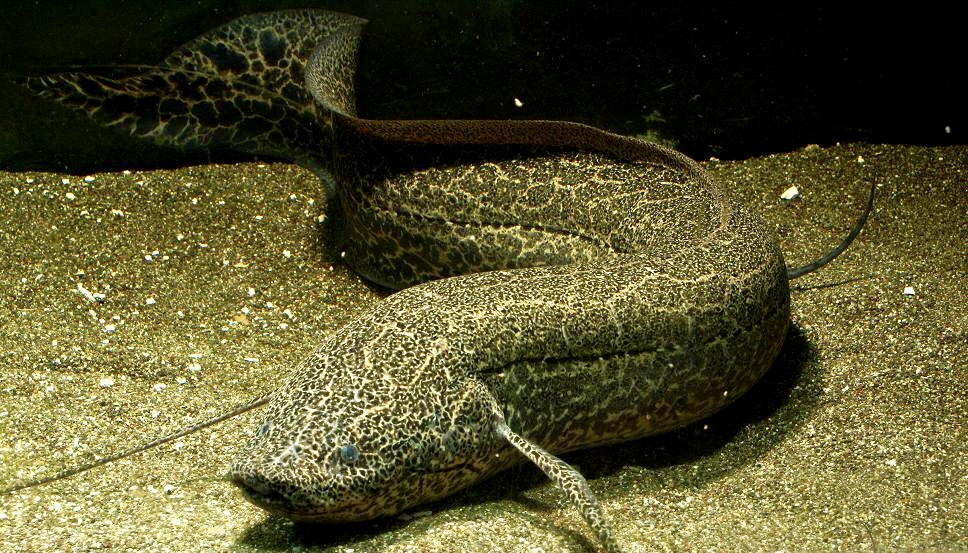
American Eel
More snakelike in appearance than their European cousins, these creatures are not to be fooled with. Their heavy muscular bodies are solid and wide, and they are thickly coated with mucus that makes it very hard to get a grip on them. They are also somewhat testy, and will readily bite anything and – most importantly – anyone who annoys them. As they can grow to be three to four feet tall catching one of these hefty fellows can quickly cast a blight on a fishing trip! They will travel over land in their determination to return to their birthplace to breed, but, as with the European versions, dams, fences and blockages frequently hinder and distress them.
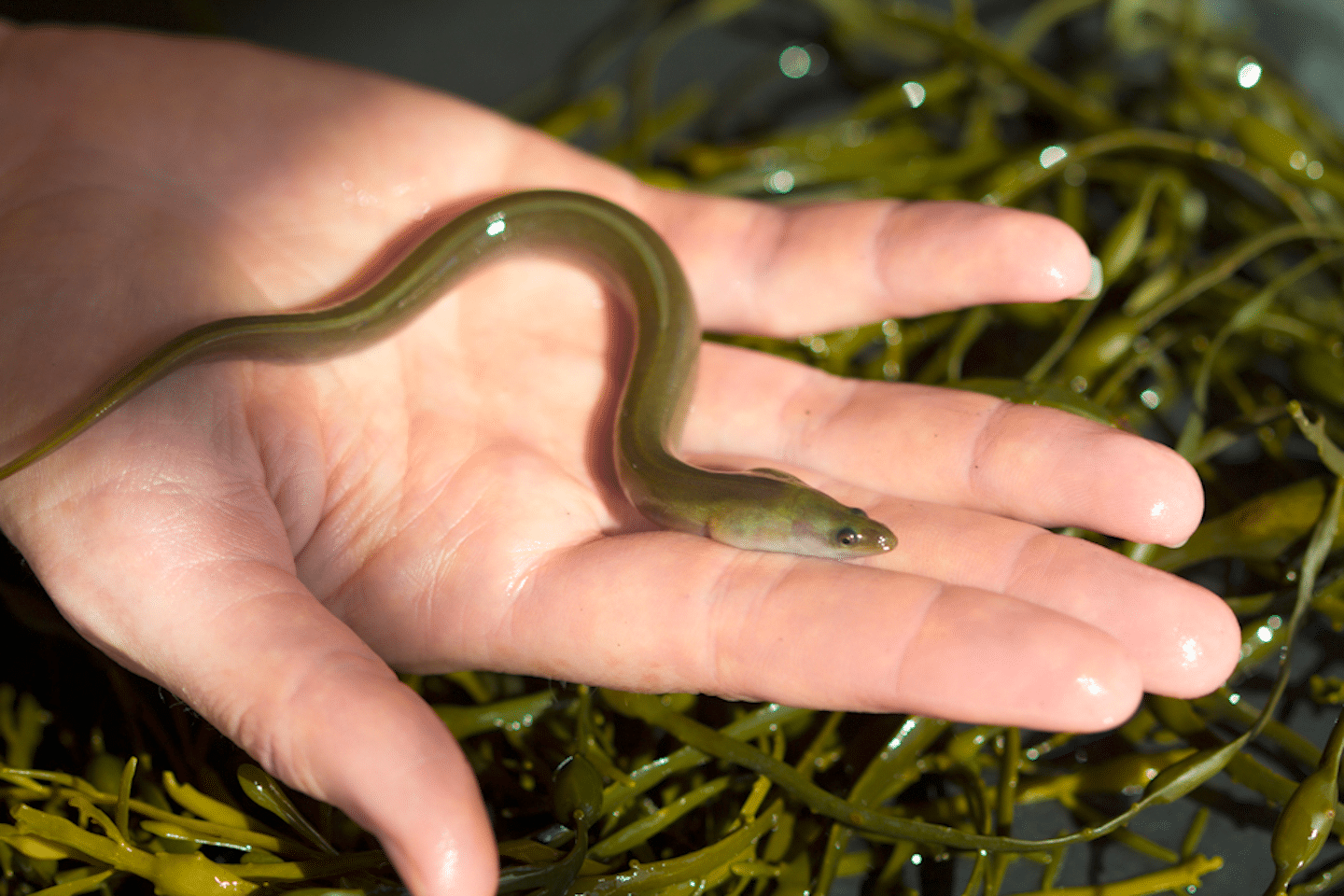
Northern Snakehead
These hefty large-mouthed fish are big and chunky, weighing the same as a small dog or cat – and apparently easily able to eat one of the above! Native to both Koreas, China and Russia, these fish settle quickly into new areas and often disrupt existing ecosystems. This has resulted in the attractively patterned fish being declared highly invasive. They can grow up to one and a half metres long and will definitely give you a start should you come across one determinedly heading across your garden!
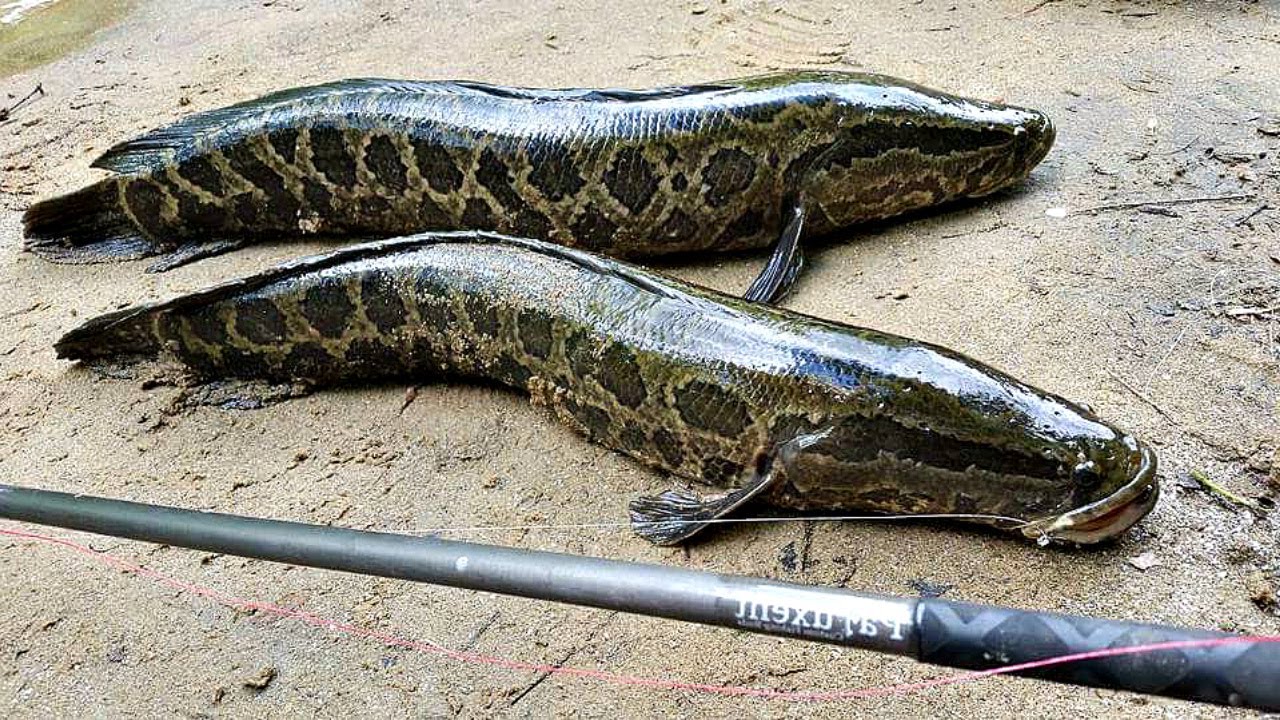
Airbreathing Catfish
This broad-ranging family of land-walkers is found predominantly in Africa, but also in much of Asia, including India, Syria, and southern Turkey. These unique fish actually need both water and air in order to live comfortably, and can sometimes be seen gasping for breath if they are denied access to the open air. They are something of a cautionary tale though, in Florida their land walking abilities have seen them become an invasive species, escaping from ponds and tanks and making it into the glades and waterways, forcing their way into a delicately balanced ecosystem.
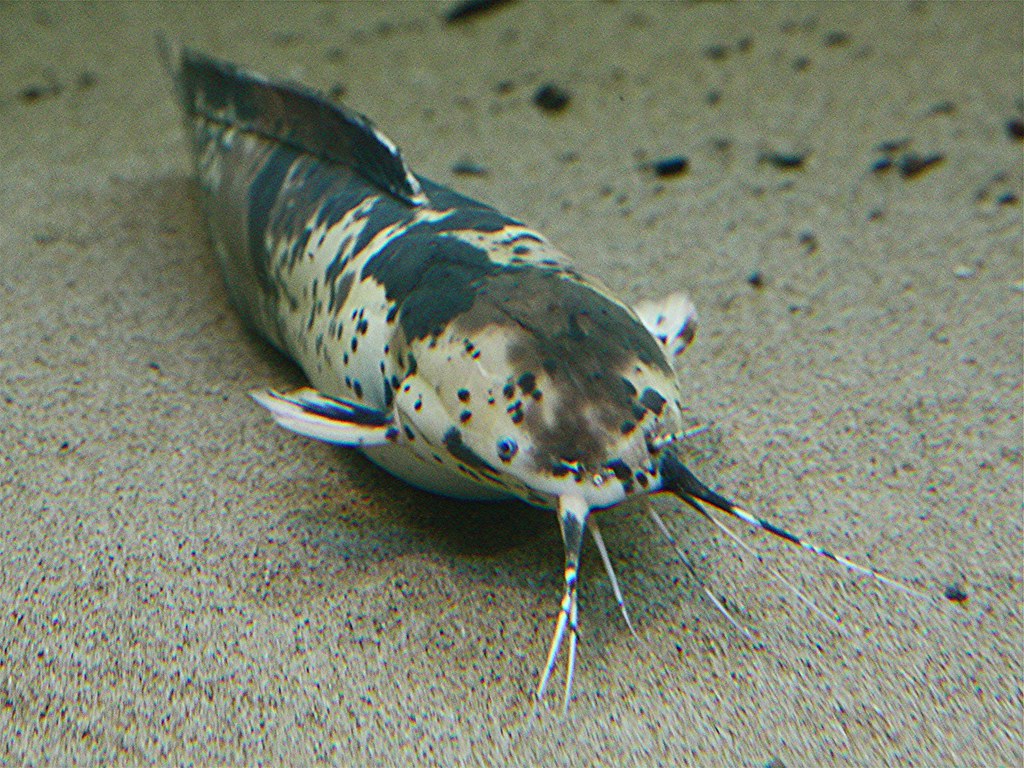
European Eel
This migratory fish – despite its snake-like appearance, it is merely a fish– can grow up to one and a half metres long, but those are exceptional specimens and usually they are no more than a metre long. They have been used a food sources for many years, forming the basis of London’s famous jellied eels, and also being caught while very young and translucent – a stage when they are called ‘glass eels’ – for food. They have also suffered serious depredation of their natural habitats with the damming of rivers and so on, which prevent the eels from migrating to their birthplaces to breed in their own turn, even though the wiggly creatures can travel over land.

